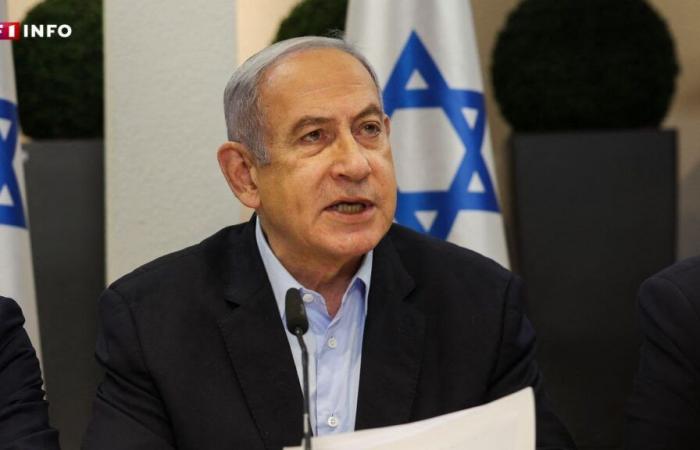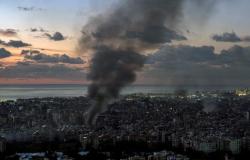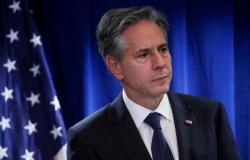Israel announced a ceasefire in Lebanon, after three months of operations against Hezbollah.
What exactly does this agreement, which had been hoped for for several days, contain?
Follow the full coverage
Lebanon: a ceasefire agreement between Israel and Hezbollah
An agreement after three months of conflict. The Israeli Prime Minister presented the text of the ceasefire to his security cabinet, before submitting it to his government, which in turn approved it on Wednesday evening. Between the two, Benjamin Netanyahu took the time to outline the contours of this truce, recalling that “if Hezbollah violates the agreement and tries to rearm, we will attack”. According to him, the Shiite organization was brought back “ten years ago”and the agreement validated by the Israeli government includes several clauses to ensure that it cannot reorganize. The Lebanese newspaper The Orient-The Day (new window) was able to access the content of the signed text, which contains 13 essential points.
A period of 60 days
The first point repeats what had been underlined by Benjamin Netanyahu: for the ceasefire to hold for the planned duration of 60 days, Hezbollah or any other armed faction must refrain from carrying out any offensive against Israel. In return, the Israeli army undertakes not to carry out any operations in Lebanon, whatever the target or the means.
Under the terms of the agreement, Israel and Lebanon affirm that they are complying with United Nations Security Council Resolution 1701, according to which only the regular Lebanese army and the UN interposition force (UNIFIL) can be deployed. in South Lebanon.
The role of UNIFIL
To avoid a rearmament of Hezbollah, several points are devoted to controlling the sale and production of weapons in Lebanon, under the supervision of the Lebanese government alone. The dismantling of any unauthorized arms production site is required by the agreement, as is that of “all non-compliant military infrastructure and positions”. A committee approved by both Israel and Lebanon will ensure compliance with these points, as well as UNIFIL, which may be seized by either party.
“Blue line”
Finally, within 60 days, Israel must gradually withdraw from the area south of the “Blue Line”. This is a UN drawing which dates back to June 2000, and which defines Israel’s military withdrawal zone. It is not a question of a border, and this is precisely the subject of the last point, which provides for border negotiations between Israel and Lebanon, under the aegis of the United States.
According to the Israeli newspaper Ynet (new window), the agreement is coupled with guarantees provided by the United States, including the sharing of sensitive information on a potential military reformation of Hezbollah or on the “destabilizing activities of Iran in Lebanon”. As soon as the Israeli government’s validation of the agreement was announced, the American and French presidents issued a press release welcoming the ceasefire. The truce “will create the conditions necessary for the lasting restoration of calm and allow the safe return of residents on both sides of the Blue Line to their homes”jointly estimate Joe Biden and Emmanuel Macron.
-
Read also
Shadow man, pillar of the pro-Iranian formation… Who is Naïm Qassem, new leader of Hezbollah?
For his part, the Lebanese Prime Minister, Najib Mikati, called on the international community to “act quickly” pour “an immediate implementation of a ceasefire”, after the statements of his Israeli counterpart. The agreement was signed while Israel on Tuesday shelled the center of Beirut and its southern suburbs, a Hezbollah stronghold, like never before since the start of its massive bombings on September 23.
A ceasefire in Lebanon should also help end the conflict in Gaza, US Secretary of State Antony Blinken said earlier. Benjamin Netanyahu recalled this evening that he had promised the complete eradication of Hamas in Gaza and the release of all hostages, which does not suggest a similar truce in the near future.






